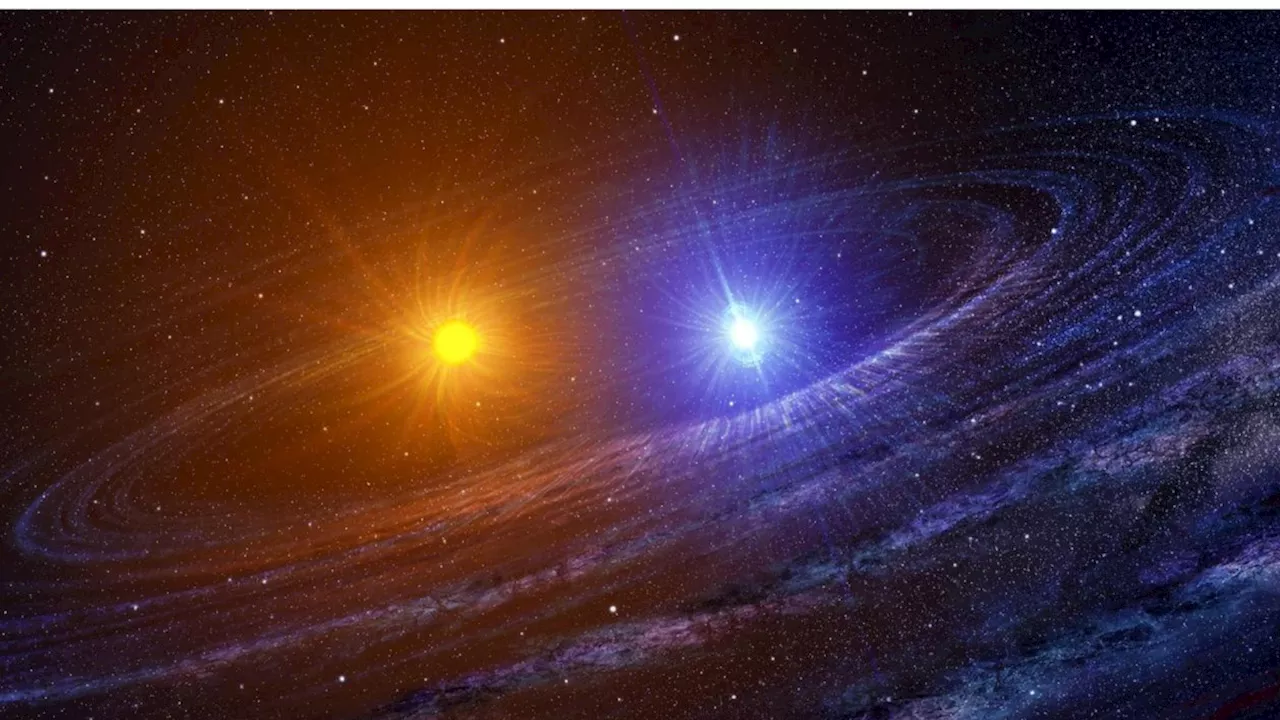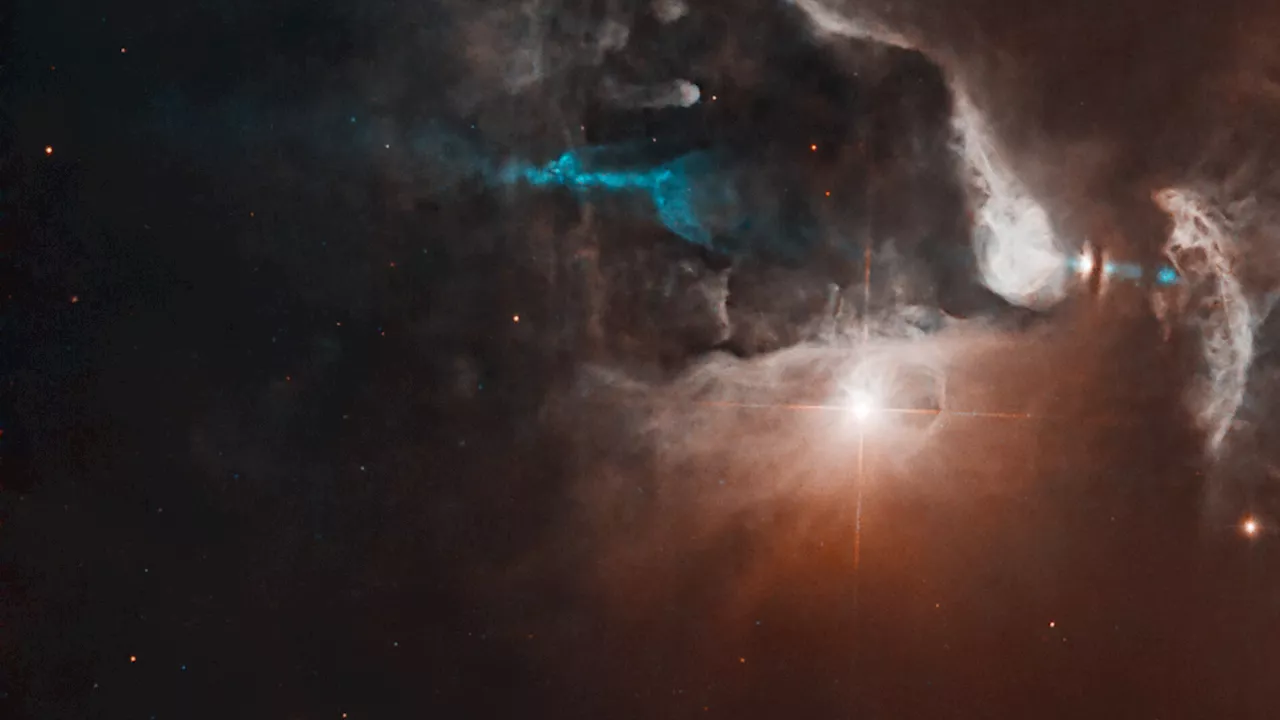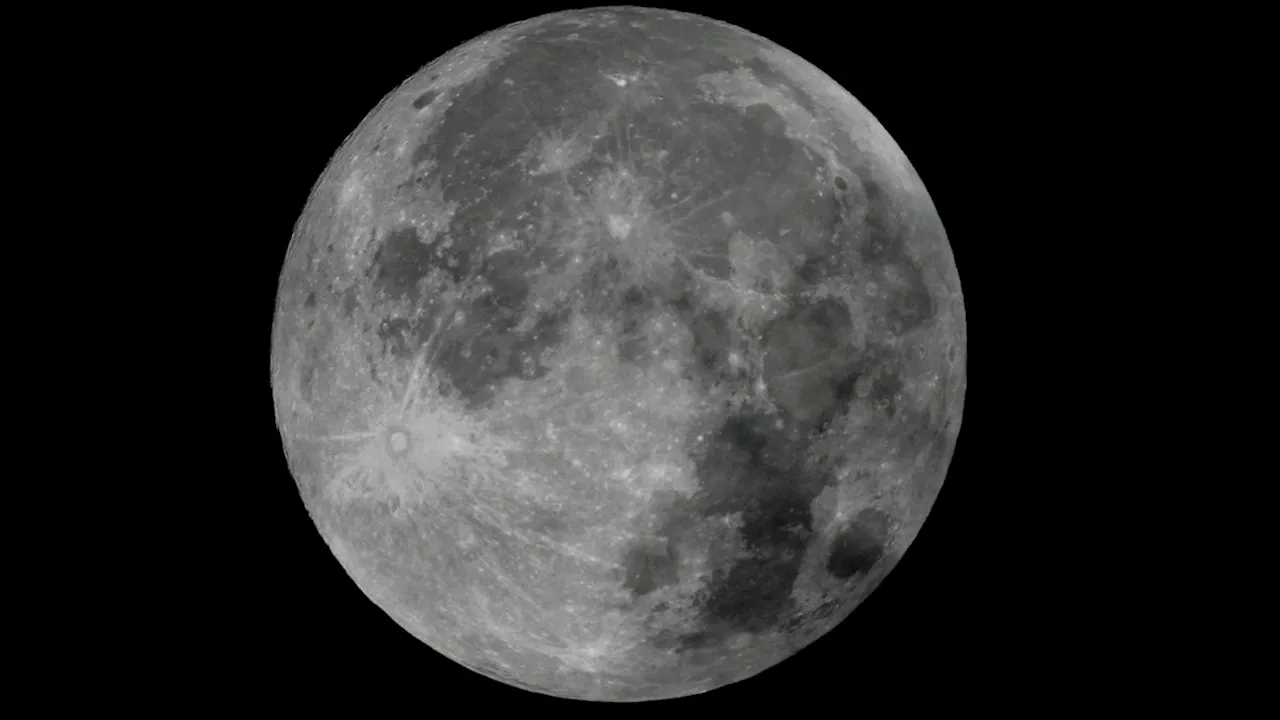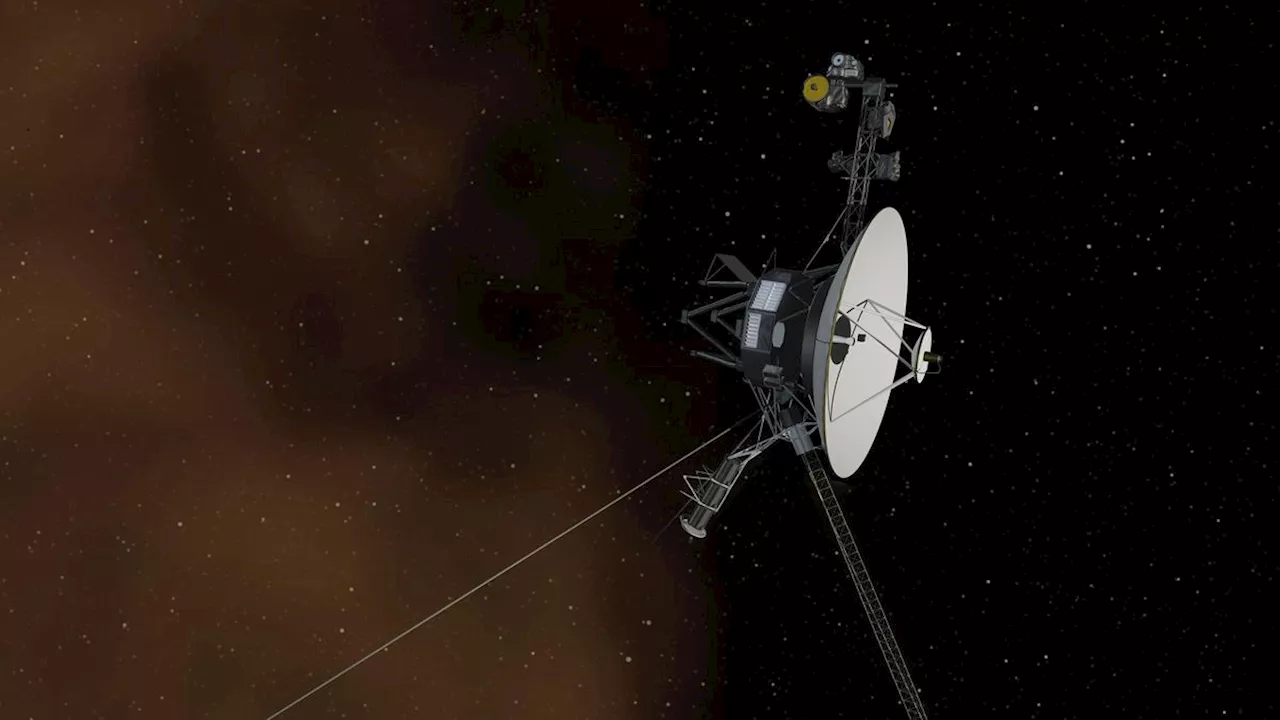Robert Lea is a science journalist in the U.K. whose articles have been published in Physics World, New Scientist, Astronomy Magazine, All About Space, Newsweek and ZME Science. He also writes about science communication for Elsevier and the European Journal of Physics. Rob holds a bachelor of science degree in physics and astronomy from the U.K.
Tremendous explosions in a galaxy close to the Milky Way are pouring material equivalent to around 50 million suns into its surroundings. Astronomers mapped this galactic pollution event in high resolution, obtaining important hints about how the space between galaxies becomes filled with chemical elements that eventually become the building blocks of new stars.. This includes the galaxy spitting out an outflow of gas so great it stretches across 20,000 light-years of space.
In the VLT/MUSE image of the galactic fountains of NGC 4383, this outflow of material can be seen as bright red filaments shooting from the main, central body of the galaxy.
United Kingdom Latest News, United Kingdom Headlines
Similar News:You can also read news stories similar to this one that we have collected from other news sources.
 Largest Cosmic Map Could Shake Up Physics'Our results show some interesting deviations from the standard model of the universe,' astrophysicist Mustapha Ishak-Boushaki said.
Largest Cosmic Map Could Shake Up Physics'Our results show some interesting deviations from the standard model of the universe,' astrophysicist Mustapha Ishak-Boushaki said.
Read more »
 How are extreme 'blue supergiant' stars born? Astronomers may finally knowRobert Lea is a science journalist in the U.K. whose articles have been published in Physics World, New Scientist, Astronomy Magazine, All About Space, Newsweek and ZME Science. He also writes about science communication for Elsevier and the European Journal of Physics. Rob holds a bachelor of science degree in physics and astronomy from the U.K.
How are extreme 'blue supergiant' stars born? Astronomers may finally knowRobert Lea is a science journalist in the U.K. whose articles have been published in Physics World, New Scientist, Astronomy Magazine, All About Space, Newsweek and ZME Science. He also writes about science communication for Elsevier and the European Journal of Physics. Rob holds a bachelor of science degree in physics and astronomy from the U.K.
Read more »
 Hubble Telescope witnesses a new star being born in a stunning cosmic light show (image)Robert Lea is a science journalist in the U.K. whose articles have been published in Physics World, New Scientist, Astronomy Magazine, All About Space, Newsweek and ZME Science. He also writes about science communication for Elsevier and the European Journal of Physics. Rob holds a bachelor of science degree in physics and astronomy from the U.K.
Hubble Telescope witnesses a new star being born in a stunning cosmic light show (image)Robert Lea is a science journalist in the U.K. whose articles have been published in Physics World, New Scientist, Astronomy Magazine, All About Space, Newsweek and ZME Science. He also writes about science communication for Elsevier and the European Journal of Physics. Rob holds a bachelor of science degree in physics and astronomy from the U.K.
Read more »
 March's Full Worm Moon wriggles its way through a subtle lunar eclipse in stunning photosRobert Lea is a science journalist in the U.K. whose articles have been published in Physics World, New Scientist, Astronomy Magazine, All About Space, Newsweek and ZME Science. He also writes about science communication for Elsevier and the European Journal of Physics. Rob holds a bachelor of science degree in physics and astronomy from the U.K.
March's Full Worm Moon wriggles its way through a subtle lunar eclipse in stunning photosRobert Lea is a science journalist in the U.K. whose articles have been published in Physics World, New Scientist, Astronomy Magazine, All About Space, Newsweek and ZME Science. He also writes about science communication for Elsevier and the European Journal of Physics. Rob holds a bachelor of science degree in physics and astronomy from the U.K.
Read more »
 Scientists use AI to reconstruct energetic flare blasted from Milky Way's supermassive black holeRobert Lea is a science journalist in the U.K. whose articles have been published in Physics World, New Scientist, Astronomy Magazine, All About Space, Newsweek and ZME Science. He also writes about science communication for Elsevier and the European Journal of Physics. Rob holds a bachelor of science degree in physics and astronomy from the U.K.
Scientists use AI to reconstruct energetic flare blasted from Milky Way's supermassive black holeRobert Lea is a science journalist in the U.K. whose articles have been published in Physics World, New Scientist, Astronomy Magazine, All About Space, Newsweek and ZME Science. He also writes about science communication for Elsevier and the European Journal of Physics. Rob holds a bachelor of science degree in physics and astronomy from the U.K.
Read more »
 NASA's Voyager 1 spacecraft finally phones home after 5 months of no contactRobert Lea is a science journalist in the U.K. whose articles have been published in Physics World, New Scientist, Astronomy Magazine, All About Space, Newsweek and ZME Science. He also writes about science communication for Elsevier and the European Journal of Physics. Rob holds a bachelor of science degree in physics and astronomy from the U.K.
NASA's Voyager 1 spacecraft finally phones home after 5 months of no contactRobert Lea is a science journalist in the U.K. whose articles have been published in Physics World, New Scientist, Astronomy Magazine, All About Space, Newsweek and ZME Science. He also writes about science communication for Elsevier and the European Journal of Physics. Rob holds a bachelor of science degree in physics and astronomy from the U.K.
Read more »
